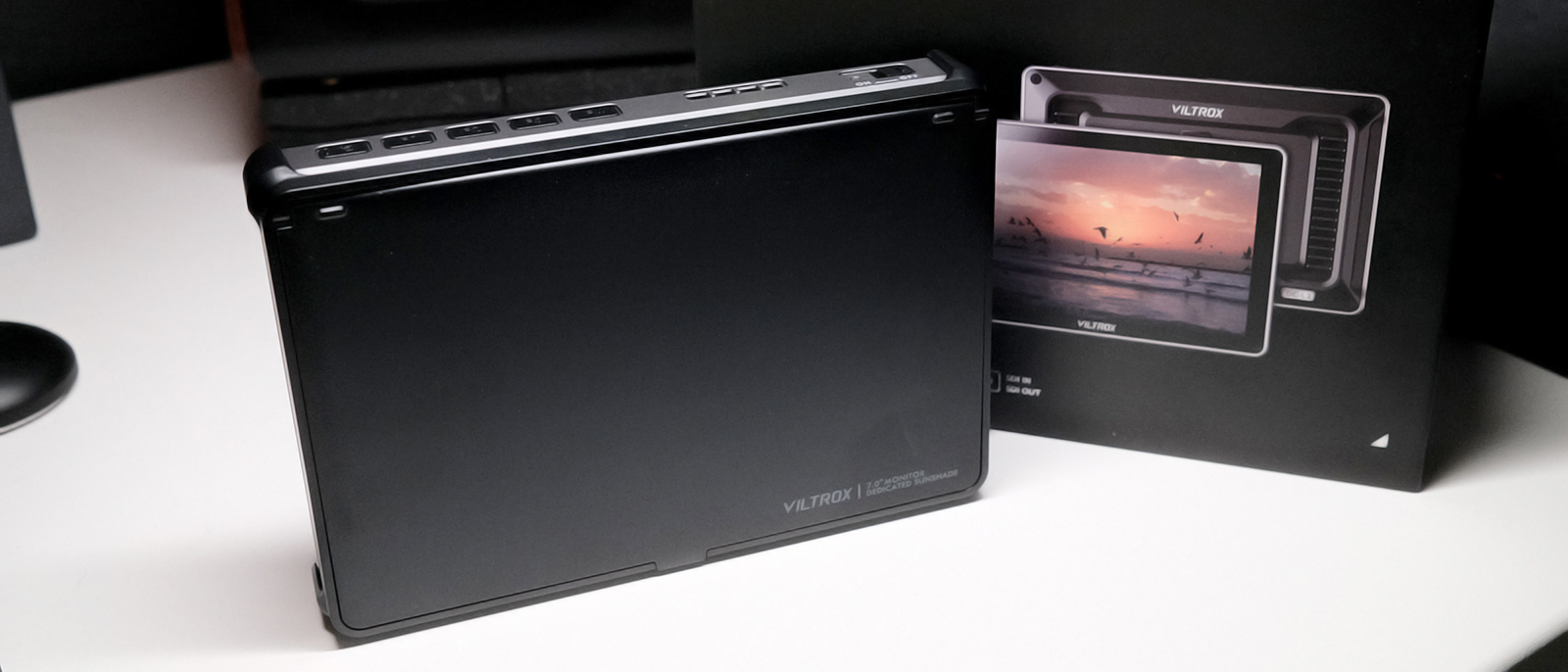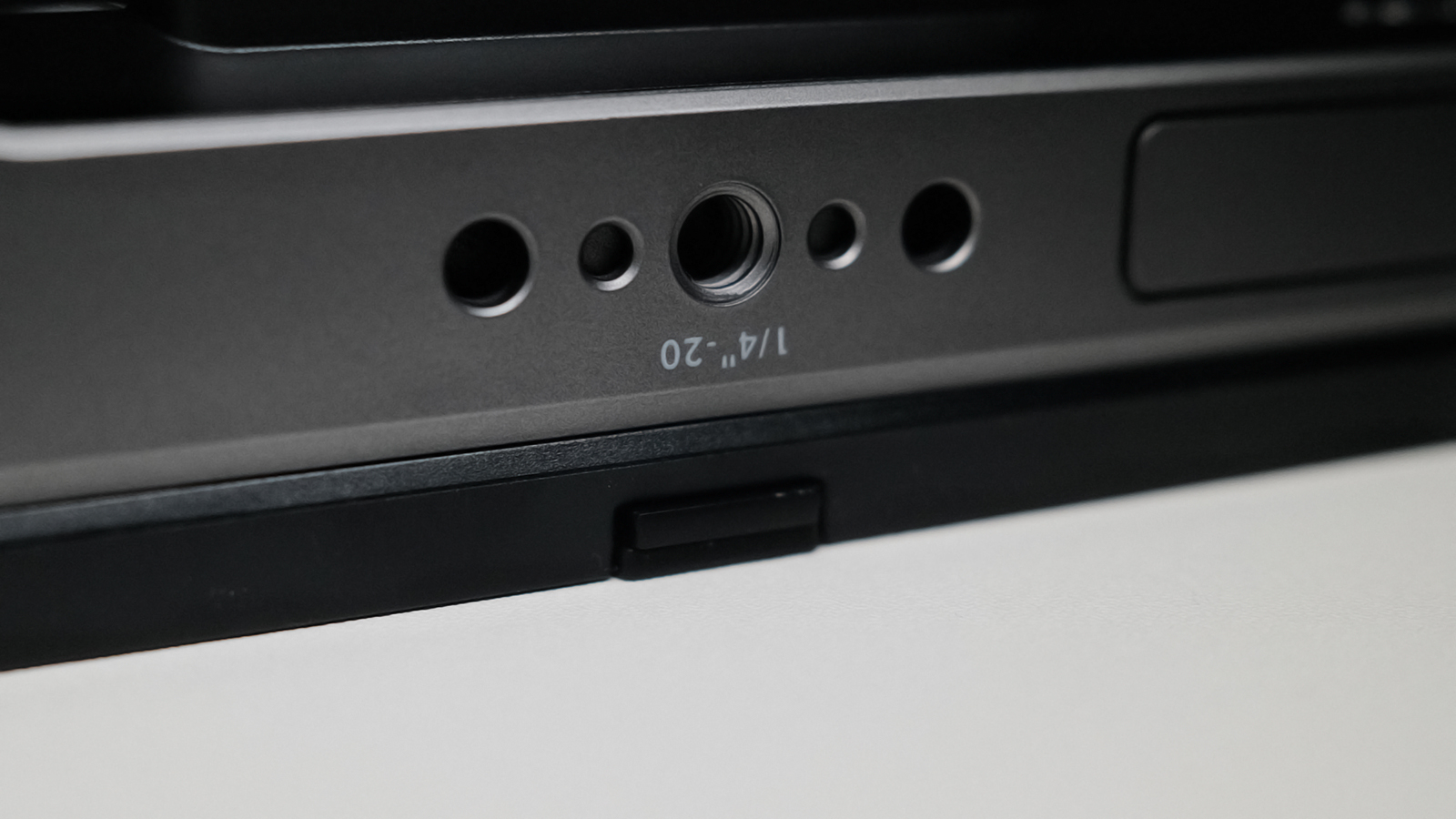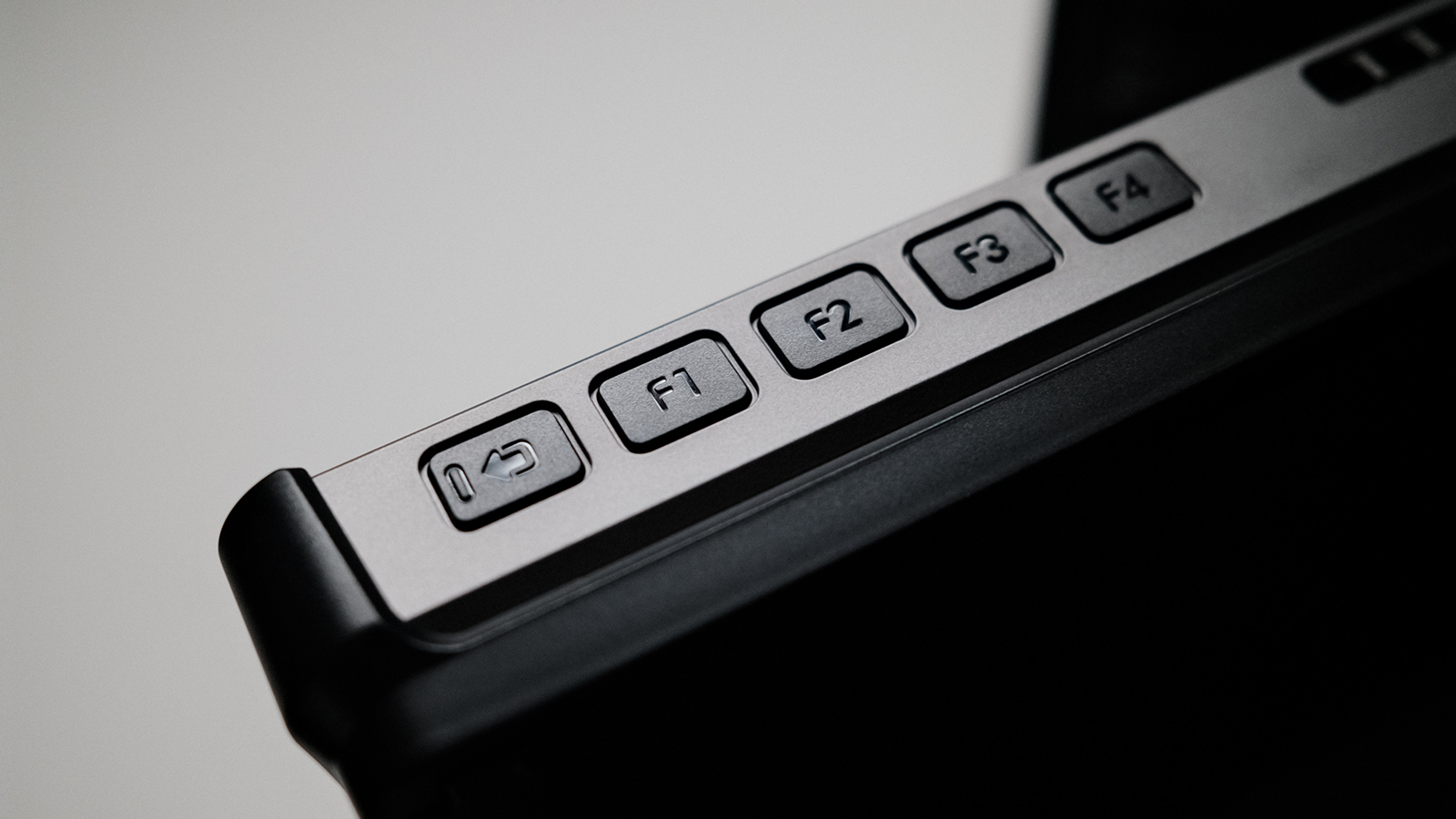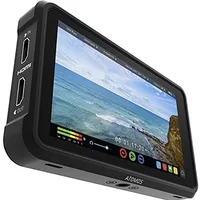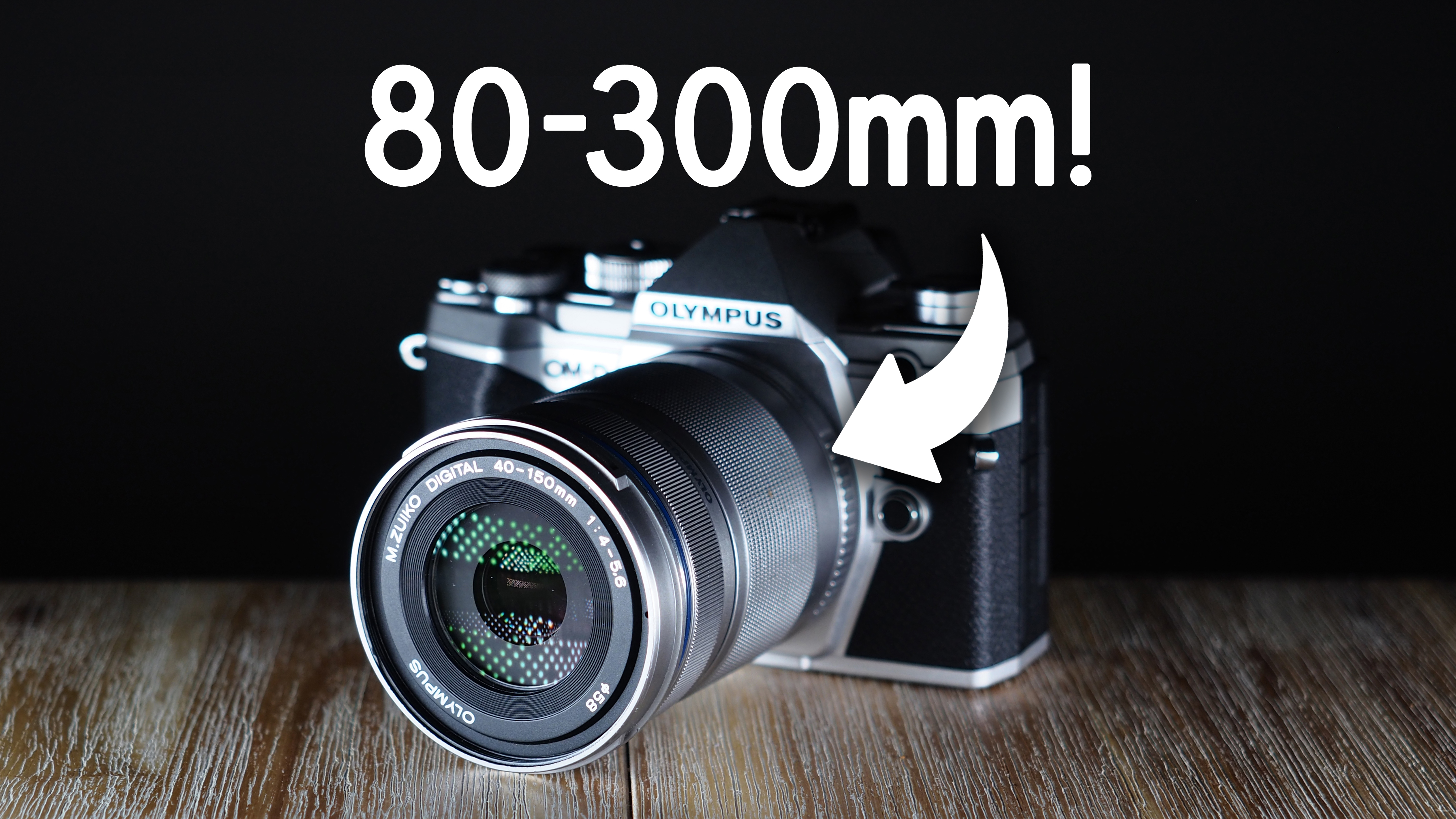Digital Camera World Verdict
These Viltrox field monitors, in either model, offer excellent value for money. The feature set is top notch and it's built nicely (although there are some cheaper plastics). The menus are some of the best too. Clear and logical. The range of assistance for filmmakers is pretty comprehensive, so if you are in the market for a field monitor be sure to check these out.
Pros
- +
Great design
- +
Excellent screen
- +
Logical menus
- +
Fantastic hood
Cons
- -
Some cheaper materials
Why you can trust Digital Camera World
Over the years I’ve owned, rented, tested and reviewed countless field monitors and they really are not made equally. The difference in build quality, feature sets and even things like the GUI is huge but I have noticed over the last couple of years, the gaps are decreasing, with some more wallet friendly options delivering refreshingly good options. This is fantastic for user, as competition can only do good. Viltrox has been around quite some time and this isn’t their first foray into the field monitor market, so I was keen to find out if their latest offering, the DC0L1 and DC-L2 continue the trend for attainable quality filmmaking gear.
The two models are essentially identical, with the only difference being the addition of SDI ports on the DC-L2. With that in mind I’m going to focus on that one, just remember that if you are planning to adopt an SDI workflow and this ends up on your shopping list.
Viltrox DC-L1: Specifications
Screen size | 7" |
Brightness | 600nits |
Viewing angle | 170° |
Viltrox DC-L1: Price
$158 / £179 for the DC-L1 and $199 / £228 for the DC-L2 makes both options really affordable for most filmmakers and you get a lot for your money. The features you get couldn’t have been dreamed of just a few years ago at this price. Yes, a few corners have been cut to keep costs down but the quality is good and I’d be happy using these on a daily basis.
Viltrox DC-L1: In the box
Inside the box you’ll find the unit itself, with the sun hood reinstalled. It may seem like a small thing but this eliminates a little plastic packaging and I’m all for that.
You will also find an NPF-550, alongside cables for HDMI and USB-C, some paperwork and a hinged mount for connecting the monitor to your rig. If you opt for the DC-L2 you will have to provide your own SDI cable, as none are supplied, which I think is fair at this price point.
Lastly there is a screen protector and carrying case but I’m not sure I would ever use it for transportation as it’s a simple cloth bag. Useful for keeping dust off when stored back at base though.
Viltrox DC-L1: Design & Handling
Both DC-L1 and the DC-L2 are the same in build and form, with the exception of the SDI ports on the L2. The casing is a hard plastic but nicely finished in a kind of graphite paint, that looks good. It does feel like plastic but doesn’t feel too brittle or weak. In actual fact the whole thing is good in the hand. It’s weighty enough to feel quality but not to the point you wouldn’t want it attached to your rig. That’s handy too, as a 7” monitor could overwhelm a set up.
The best camera deals, reviews, product advice, and unmissable photography news, direct to your inbox!
Mounting points are found on the bottom and right hand sides, each with anti twist points. The mount that ships with them is the only real point of disappointment for me. It looks and feels poor quality, which is a shame. I ended up using a magic arm, which is my preferred method anyway, as it allows for super fast changes.
On the top edge are menu and function buttons, each of which is programmable. There’s also the sliding power switch and an exhaust vent for cooling.
On the left you’ll find HDMI in and out ports, a USB-C and DC power port and a stereo 3.5mm headphone jack. A USB-A socket can be found on the bottom face, used for loading LUTs and firmware updates.
The rear has more colling vents, as well as the slot for the battery and, if you opt for the DC-L2 version, the SDI ports, which are recessed, something I’m a fan of as it offers a little protection.
Which leaves the hood, which I’m a big fan of. Many more budget friendly options provide either no hood, or some form of fabric and velcro which just doesn’t do it for me. The Viltrox ships with a hood fitted, clamping neatly to the body of the monitor. A latch on the bottom can be pressed to open the hood, which springs out to provide glare protection from the top and sides, in hard black plastic. To close, simply fold the sides in and close the top over them, latching it in place. Great design that works really well.
Viltrox DC-L1: Power
I say this a lot when I review gear, but it’s for good reason. Having something in your case that can be adapted to different situations can make a real difference to a project, and I’m really pleased to see companies looking at this, especially with power. Viltrox has chosen to give users three different methods to power their DC range so props to them for doing so, even on less expensive products.
You can use the supplied NPF battery, which works great and gives a couple of hours shooting, depending on your brightness settings and environmental conditions. For studio use you can opt for a DC connection, although this isn’t provided but a suitable plug can be found very cheap on Amazon. Lastly, you can use the USN-C port to power the unit. A cable is supplied, great for a power bank, or for modern power plates with a USB port on them.
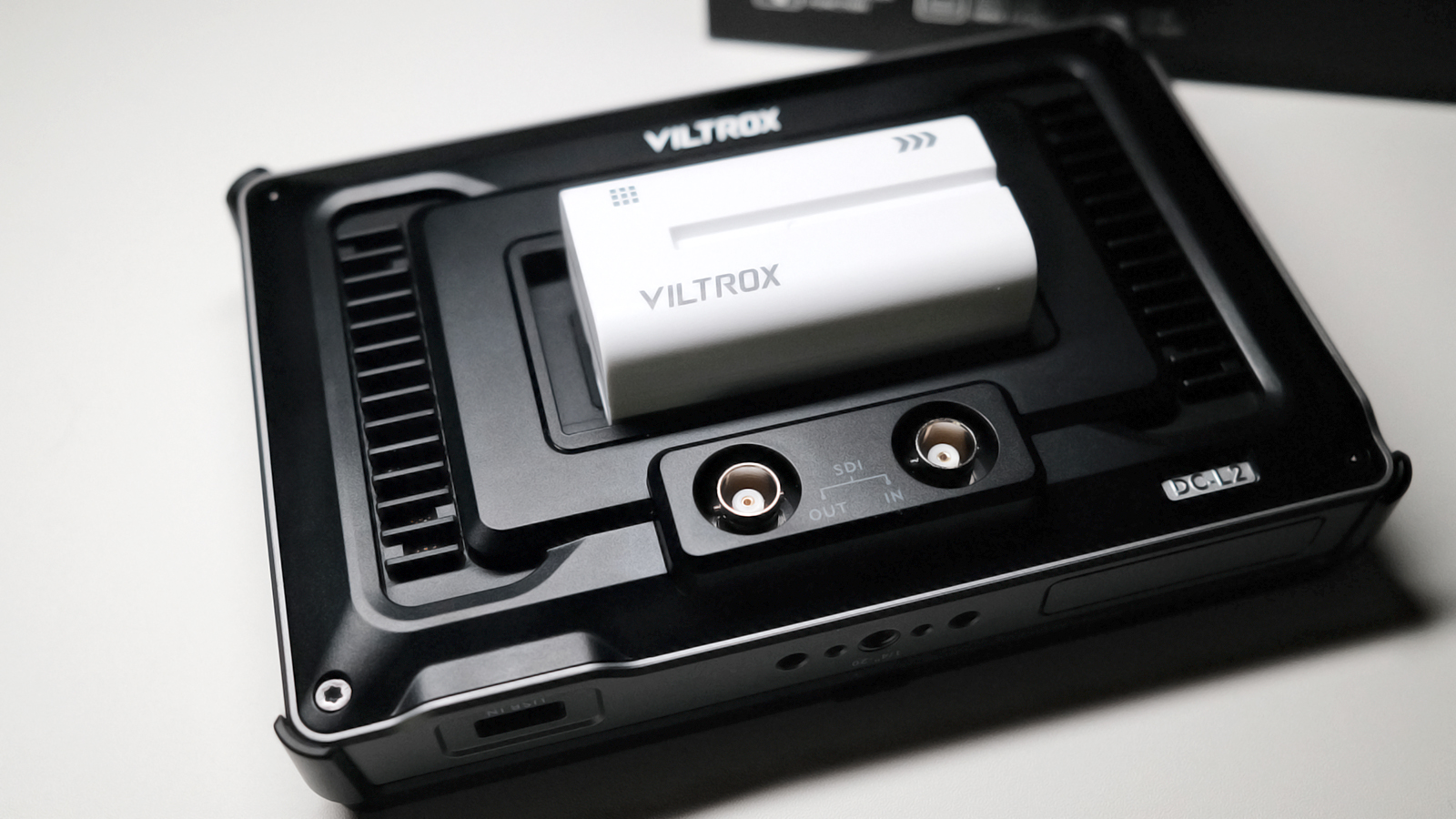
Viltrox DC-L1: Performance
I’ll start with the hardware side of things, as cheaper devices can fall down here. The Viltrox is excellent in every regard. All the ports and buttons work well. Engagement of cables is really important and I have experienced looseness elsewhere but the DCs are both very good.
Pop open that great hood and the touch screen is a joy. It’s responsive and accurate. I’ve not once had a wrong item activate, which is a good sign.
There’s lots of customisation options too. The function buttons on top can be configured how you like, so if you want false colour, focus assist or something different on those four buttons then you can.
I’m all for good GUI design. I can’t get over how so many high-end devices have such poor menu layouts, but thankfully, Viltrox has spent the time getting that right here. There are a couple of slightly odd wordings, but overall, everything is clear and logical. The menus are also bright and easy to read, even in bright light, which goes for the rest of the viewing experience. It may only be a 1080p screen, but it can take a 4K input and display it with great clarity, contrast, and brightness. Being that little bigger helps in nailing critical focus too. The screen settings can be changed for your preferences too, so if you prefer to dim things down for an indoor or night shoot, you can. I noticed a very slight warming of colour temperature at the lowest brightness, but that could just have been the comparison to the location. Overall, I’d say everything is accurate and, more importantly, consistent.
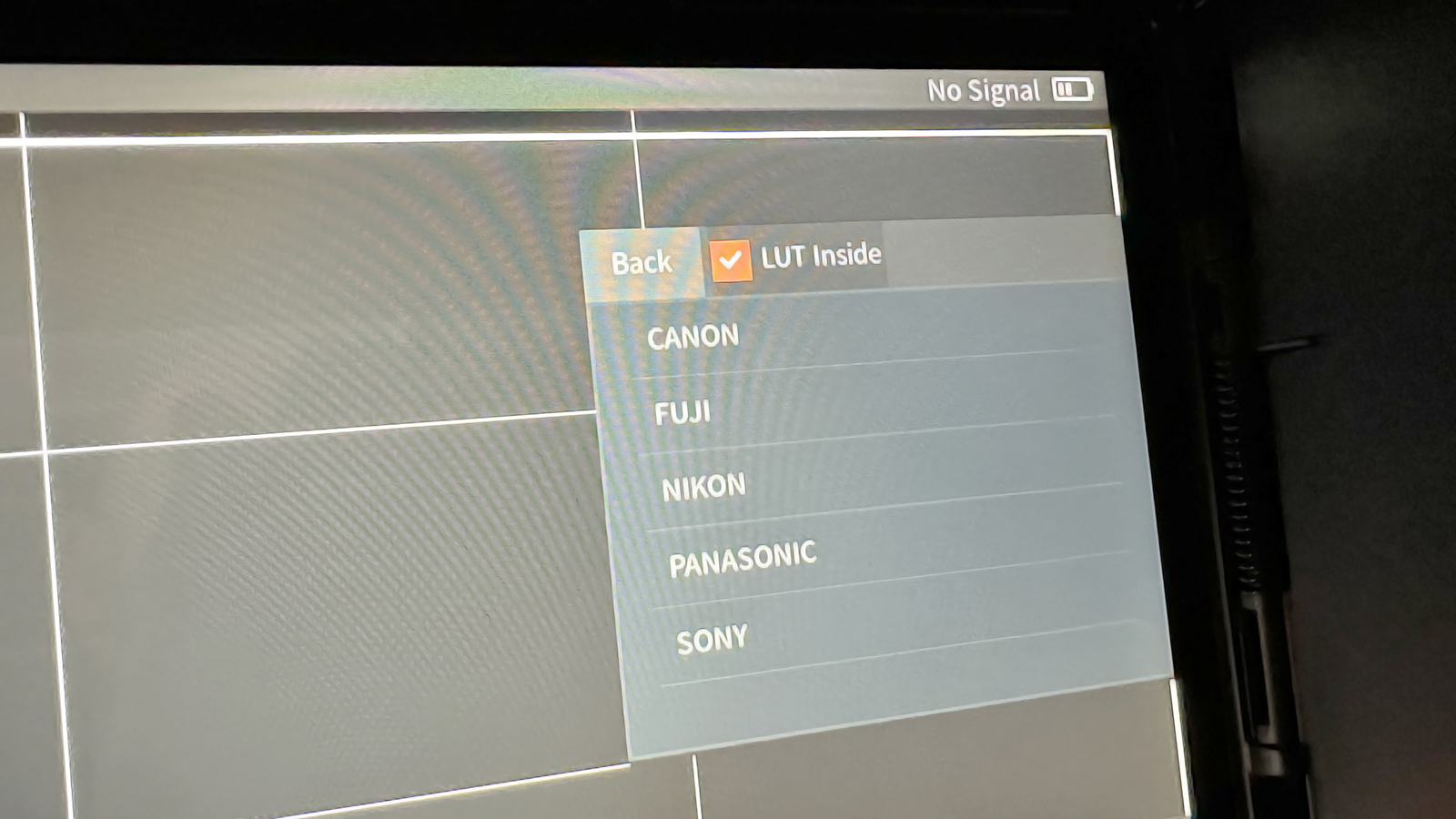
There are all the usual suspects when it comes to filmmaking aids here, from false colour, to numerous framing overlays, peaking and audio monitoring. What’s more is you get squeezing of all flavours for the anamorphic shooter and 3D LUT support. There are a handful built in and you can load your own too.
The Viltrox is a real joy to use and, in this price bracket, may well be my pick of the bunch. It has a few extras that add to how it feels on a shoot too. That hard hood that folds down, is a handy level of screen protection between shots ( Viltrox ship with a screen protection film too) and there’s an internal gyro, so if your rigging needs to invert for any reason your monitor will flip the image. Good job Viltrox!
Viltrox DC-L1: Verdict
A wallet friendly field monitor, that packs in a lot of features and is easy to use shouldn’t be sniffed at. Whether you go for the DC-L1 or DC-L2 will depend on your setup but for the price difference I’d go for the SDI version which will futureproof you for gear changes. Lots of power options, great menus and focus/exposure assistance for days make this one a keeper.
Features ★★★★★ | Excellent range of features should keep the majority of users happy. |
Design ★★★★☆ | While it may have saved some costs with some material choices, you still get a well made and nicely designed monitor |
Performance ★★★★★ | Top notch performance all round. Focus assists, exposure and framing aids plus the LUTs all work together to make this an excellent monitor. |
Value ★★★★★ | For around the £200 mark you won’t find much better than this, even in such a crowded market. |
✅ Buy it...
- If you are looking for an excellent feature set, great build quality and design, for a reasonable price.
🚫 Don't buy it...
- 7” might feel far too big on your smaller camera
Alternatives
Atomos Ninja V
A mainstay of many rigs, it's solidly built, has all the tools you'd need, and performs very well.

Rob is Editor of ImagineFX magazine and also works as creative director for his own studio, Pariah Studios, producing 3D animation, film and VFX for a variety of clients.
He started his career as a photographer, slowing adding 3D, film and visual effects and film into his toolbag, working across TV, web and print, with clients ranging from Blackmagic Design and HMV to Games Workshop and Royal Mail.
When not on at his desk he can be found building and playing guitars or out in the wilderness with his dog.
You must confirm your public display name before commenting
Please logout and then login again, you will then be prompted to enter your display name.
